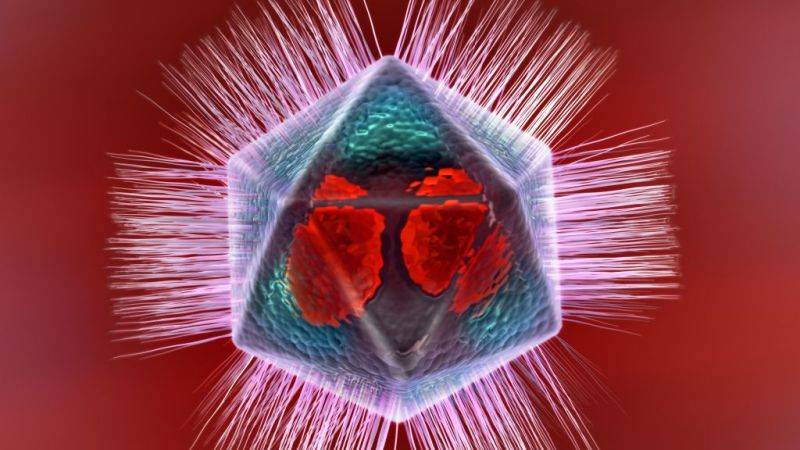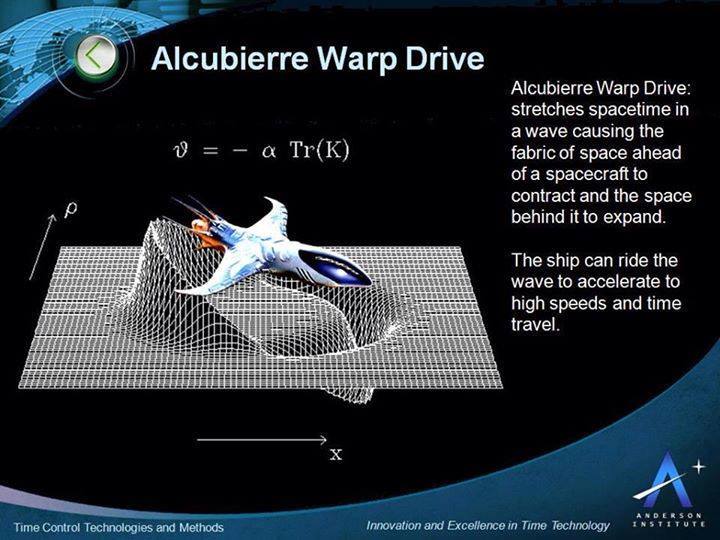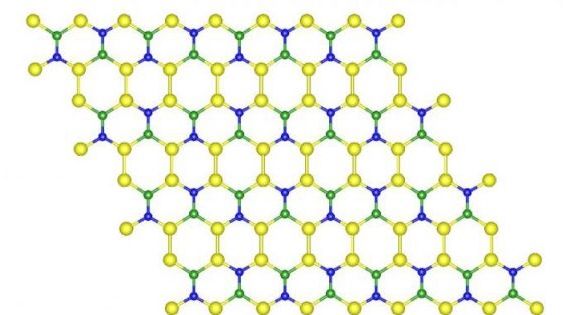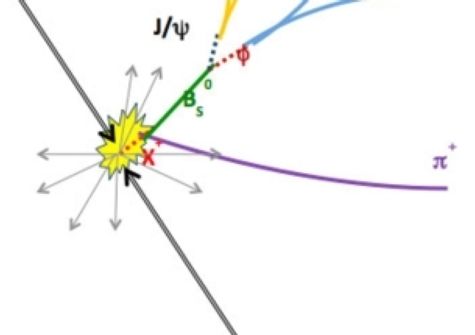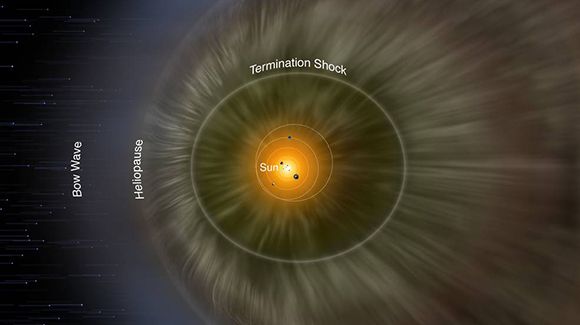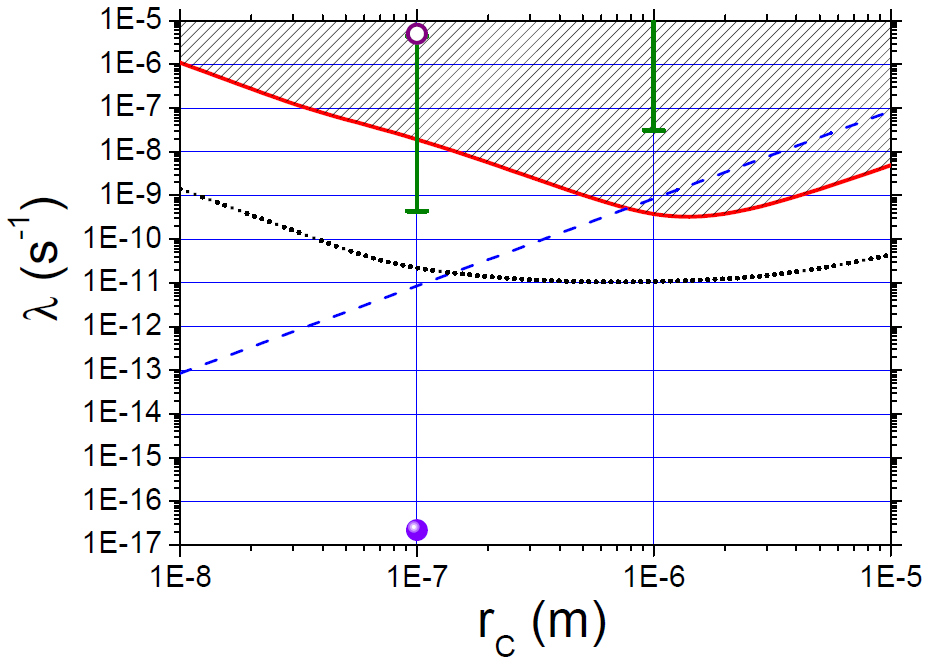Archive for the ‘particle physics’ category: Page 504
Feb 29, 2016
Giant Viruses Feature Their Own Built-In Antivirus Software
Posted by Karen Hurst in categories: biotech/medical, computing, particle physics
Computer illustration of the mimivirus particle. Credit Jose Antonio Penas. Mimiviruses are viruses so big they can actually be seen with the naked eye. European.
Feb 29, 2016
Quarks To Quasars Photo
Posted by Shailesh Prasad in categories: particle physics, space travel
Feb 29, 2016
A Material That’s Better Than Graphene? Scientists Say They’ve Found it
Posted by Shailesh Prasad in categories: materials, particle physics
What could be better than a material that’s super flexible, only one atom thick, and is 200 times stronger than steel? A material that’s equally strong and flexible, also only one atom thick, and inexpensive.
Scientists are asserting that this new discovery could potentially upstage the world’s greatest wonder material, graphene.
Feb 26, 2016
Physicists May Have Discovered a New “Tetraquark” Particle
Posted by Karen Hurst in category: particle physics
Data from the DZero experiment shows evidence of a particle containing four different types of quarks.
By Clara Moskowitz on February 26, 2016.
Feb 26, 2016
NASA’s IBEX Observations Pin Down Interstellar Magnetic Field
Posted by Karen Hurst in categories: materials, particle physics, space
The new paper is based on one particular theory of the origin of the IBEX ribbon, in which the particles streaming in from the ribbon are actually solar material reflected back at us after a long journey to the edges of the sun’s magnetic boundaries. (NASA Image)
BREVARD COUNTY, FLORIDA – The new paper is based on one particular theory of the origin of the IBEX ribbon, in which the particles streaming in from the ribbon are actually solar material reflected back at us after a long journey to the edges of the sun’s magnetic boundaries.
A giant bubble, known as the heliosphere, exists around the sun and is filled with what’s called solar wind, the sun’s constant outflow of ionized gas, known as plasma.
Continue reading “NASA’s IBEX Observations Pin Down Interstellar Magnetic Field” »
Feb 26, 2016
Scientists happily surprised to find truffles free of Chernobyl radiation
Posted by Karen Hurst in categories: food, nuclear energy, particle physics
This will make friends Vladimir and Marina happy.
Mushrooms and game meat in European regions where Chernobyl fallout was most intense still have excess radiation, but Burgundy truffles get the green light; foodies rejoice.
It’s been 30 years since the 1986 nuclear disaster in Ukraine in which a fire and explosion at the Chernobyl Nuclear Power Plant unleashed a slew of radioactive particles into the atmosphere. Swept along by winds and settled by heavy rains, radioactive particles, especially caesium-137 (137Cs), polluted large stretches of the European continent. And we all know the problem with radioactive things, they’ve got lasting power.
Continue reading “Scientists happily surprised to find truffles free of Chernobyl radiation” »
Feb 25, 2016
Upper limit found for quantum world
Posted by Andreas Matt in categories: particle physics, quantum physics
The quantum world and our world of perception obey different natural laws. Leiden physicists search for the border between both worlds. Now they suggest an upper limit in a study reported in Physical Review Letters.
The laws of the quantum domain do not apply to our everyday lives. We are used to assigning an exact location and time to objects. But fundamental particles can only be described by probability distributions—imagine receiving a traffic ticket for speeding 30 to 250 km/h somewhere between Paris and Berlin, with a probability peak for 140 km/h in Frankfurt.
Boundary
Feb 25, 2016
Prove the Multiverse or Die Trying
Posted by Andreas Matt in categories: cosmology, particle physics, quantum physics
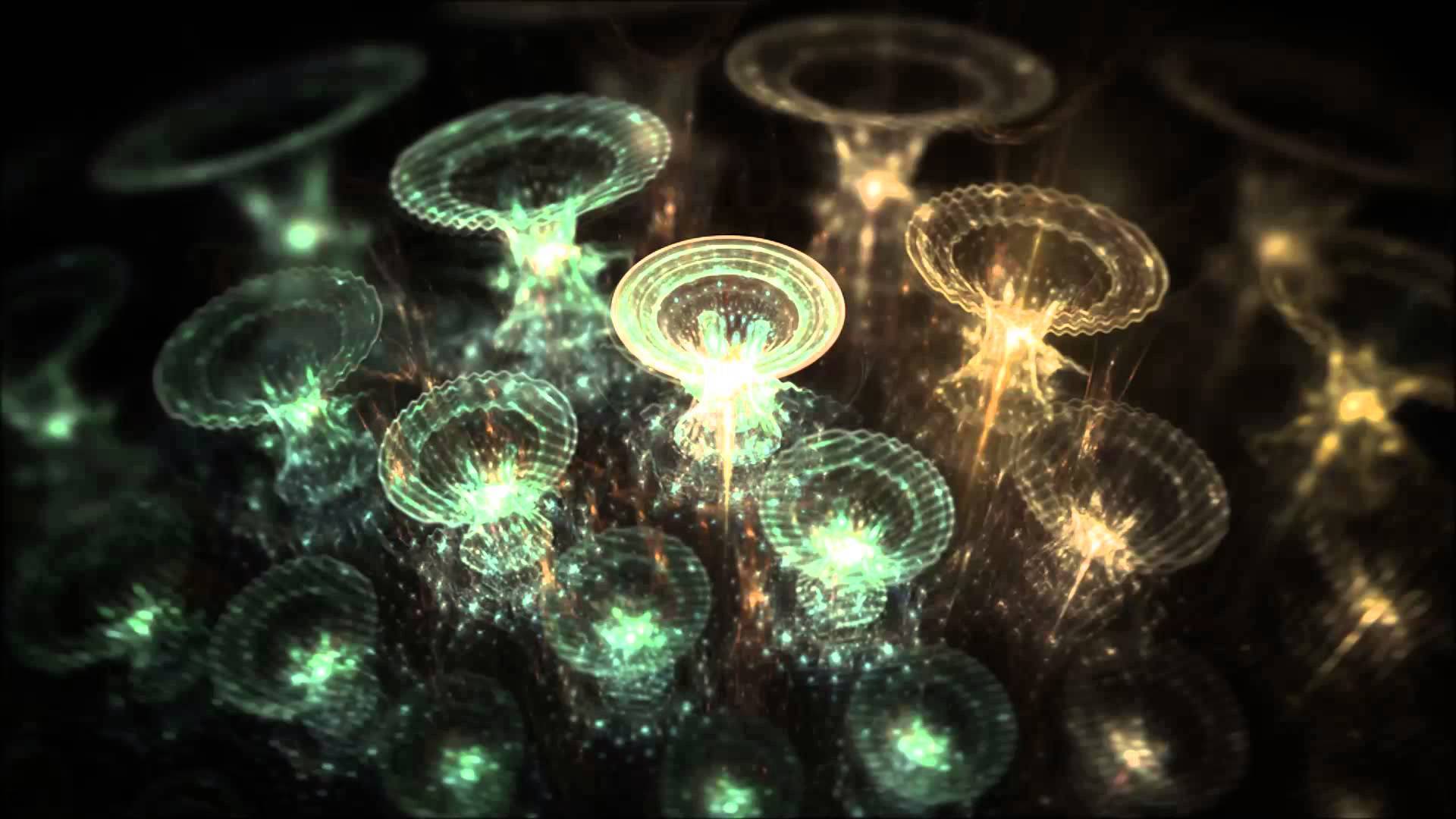
Quantum mechanics is littered with different interpretations, but at the core of the entire school of thought is the question of whether there are multiple universes of not. At the core of this idea is the thought, explicated by quantum mechanics, that everything we observe is simply the collapse of all probable scenarios into one specific outcome. Reality, viewed from that perspective, has a very cluttered cutting room floor. But are the things removed from the reel scraps or alternative narratives? There’s the big question.
To answer that question, we need to dive a bit into the mechanisms of the thing. Quantum mechanics says that all particles in the universe can be represented by what are called “wave functions.” A single wave function basically illustrates all the information about a specific system (i.e. a particle), detailing everything from position to velocity. The wave function itself also outlines all the probable outcomes of that system as well.
Feb 22, 2016
A different picture of quantum surrealism
Posted by Andreas Matt in categories: particle physics, quantum physics
New research supports an old, more intuitive theory of how sub-atomic particles behave. Cathal O’Connell explains.

